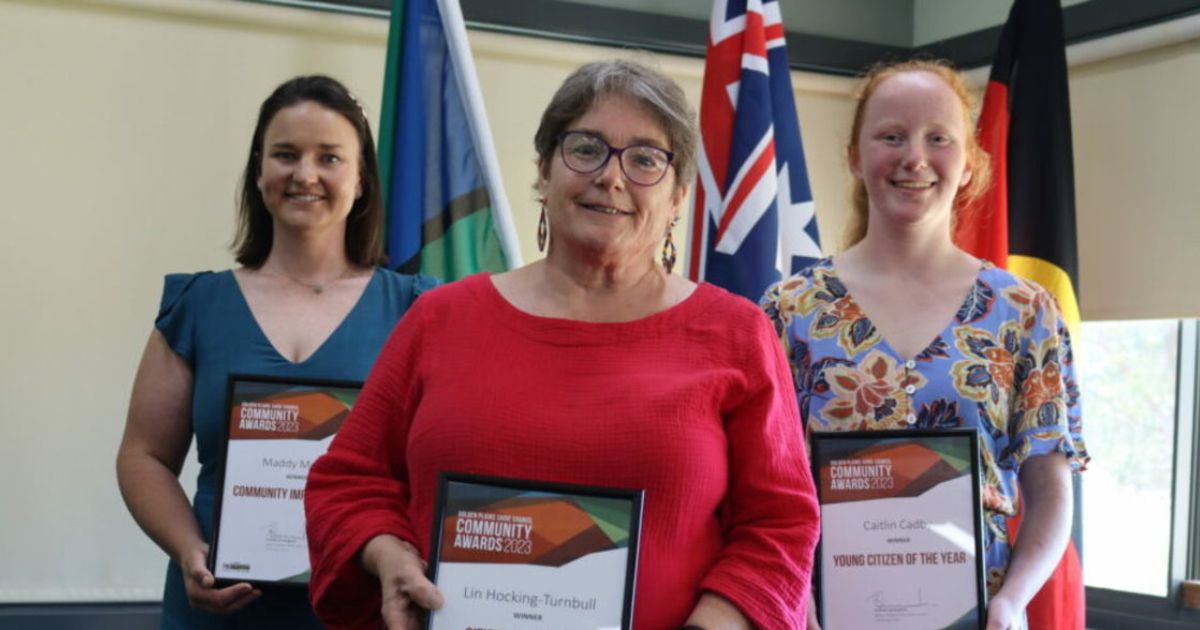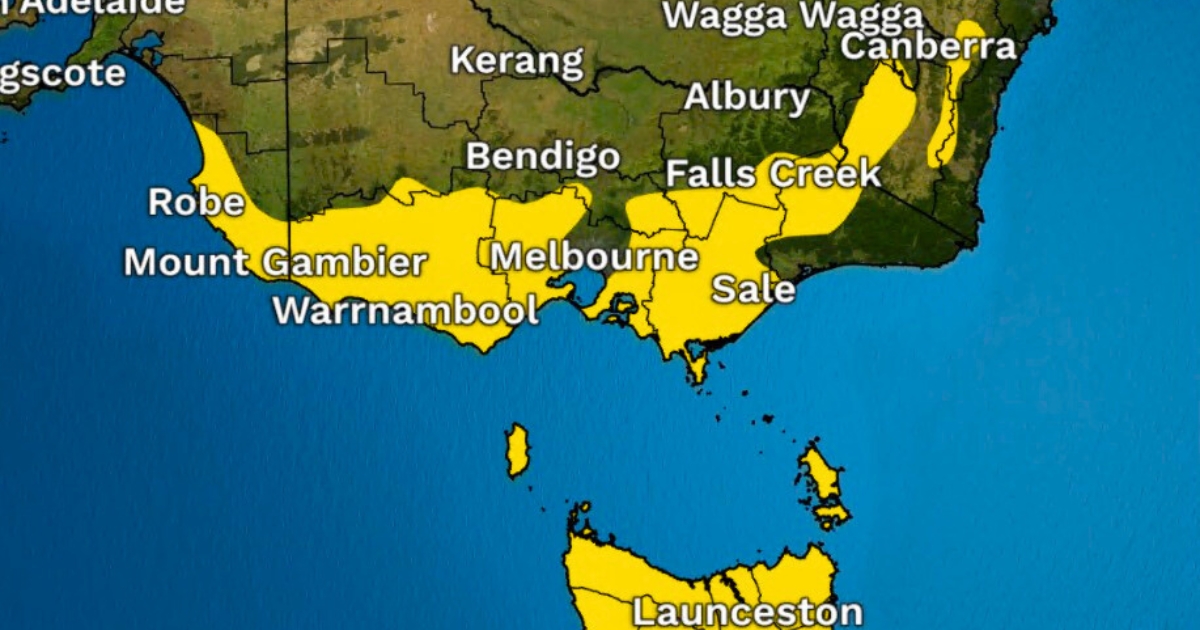Council fires back on Visit Ballarat stats
CITY of Ballarat Mayor Cr Samantha McIntosh reiterated the council’s decision to rescind funding Visit Ballarat was not based on the number of tourism visits alone.
The statement was made at a recent City of Ballarat briefing, called in response to an announcement from Visit Ballarat that visitation numbers have increased by almost 40 per cent in five years.
Cr Mcintosh said tourism statistics have been fairly flatline, despite a couple of spikes, since tourism moved out of council control.
“We are spending around $6 million a year on tourism and events for a return of $484 million which is not a good result, when compared to Bendigo achieving a $479 million return on its investment of only $3.8 million,” Cr McIntosh said.
“Geelong, almost double the size of Ballarat reaps $1billion from its tourism spend of $4.9million.
“Our results are nowhere near these two municipalities, so our focus is on the big picture and the proportional response which we are clearly not getting.”
Cr McIntosh acknowledged the data, cited by Visit Ballarat, in the Tourism Research Australia’s National Visitors Survey report released the day before.
She said the decision to take tourism back in house was based on removing duplicated services, the need for direct engagement with the tourism sector and reducing ratepayer’s contribution.
There has been an increase in tourism numbers for community and tourism events run by council but there has not been the same degree of increase in overnight stays, Cr McIntosh said.
According to Visit Ballarat there are just over 5000 rooms available for overnight stays in Ballarat and region.
When asked if the lack of four and five star accommodation in Ballarat is a factor in the amount of income generated from overnight stays Cr McIntosh said council needs to make sure there is a diverse array of opportunities available for anyone coming to Ballarat.
“There is likely to be a savings of $300,000 to $500,000 by removing the duplication of tourism services, savings we will put that back into other core business of the city,” she said.
“We will then have the ability to better promote, market and develop the tourism industry business we have here in the city.
Angelique Lush, municipal Director Development and Planning said the aim is to make sure there’s a complete and diverse program of activities.
“The key thing is authenticity, we don’t offer the same thing as Bendigo and Geelong, we need to identify what we love as locals that we can share with others,” she said.
Ms Lush added there are more businesses in both those cities contributing to tourism marketing than in Ballarat.
“Our businesses are paying less, the rate payers are paying more and the results are less,” she said.
Acting council CEO Glen Kallio said the original business plan put before council in 2011 to separate the tourism body stated there would be less reliance on ratepayer’s money going forward.
“This clearly has not occurred,” he said. “From a financial point of view the current set up is not sustainable over the next five to 10 years unless council continues to fund it.”
Mr Kallio said the minimum benchmark for council’s new approach is to be ranked better than Bendigo.
“You can talk about percentages all you want but it depends which base you started from so percentages are irrelevant, you can make them anything you want,” he said.
“With our investment we should be ranked ahead of Bendigo and retaining our market share.
“The community and tourism sector will determine if we have been successful or not, if in five years’ time we are ranked higher than the other two municipalities.”



















